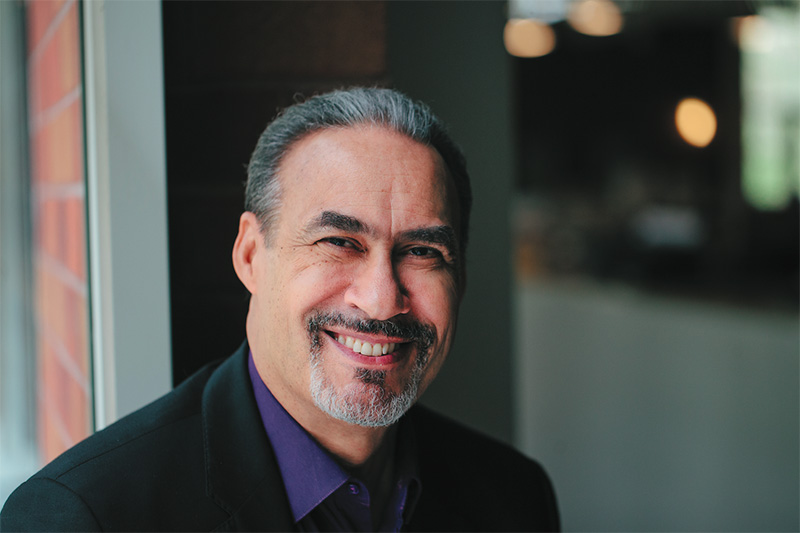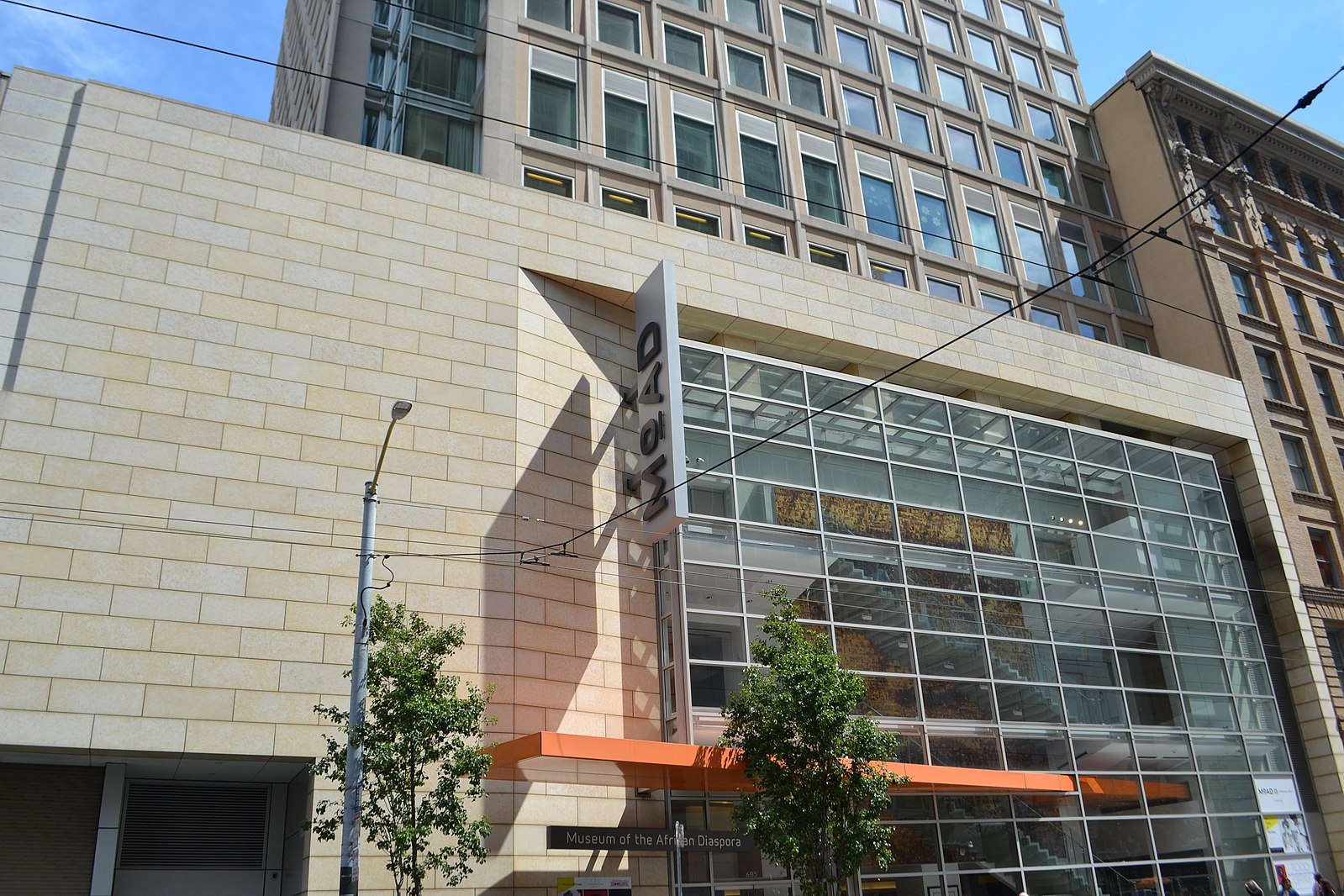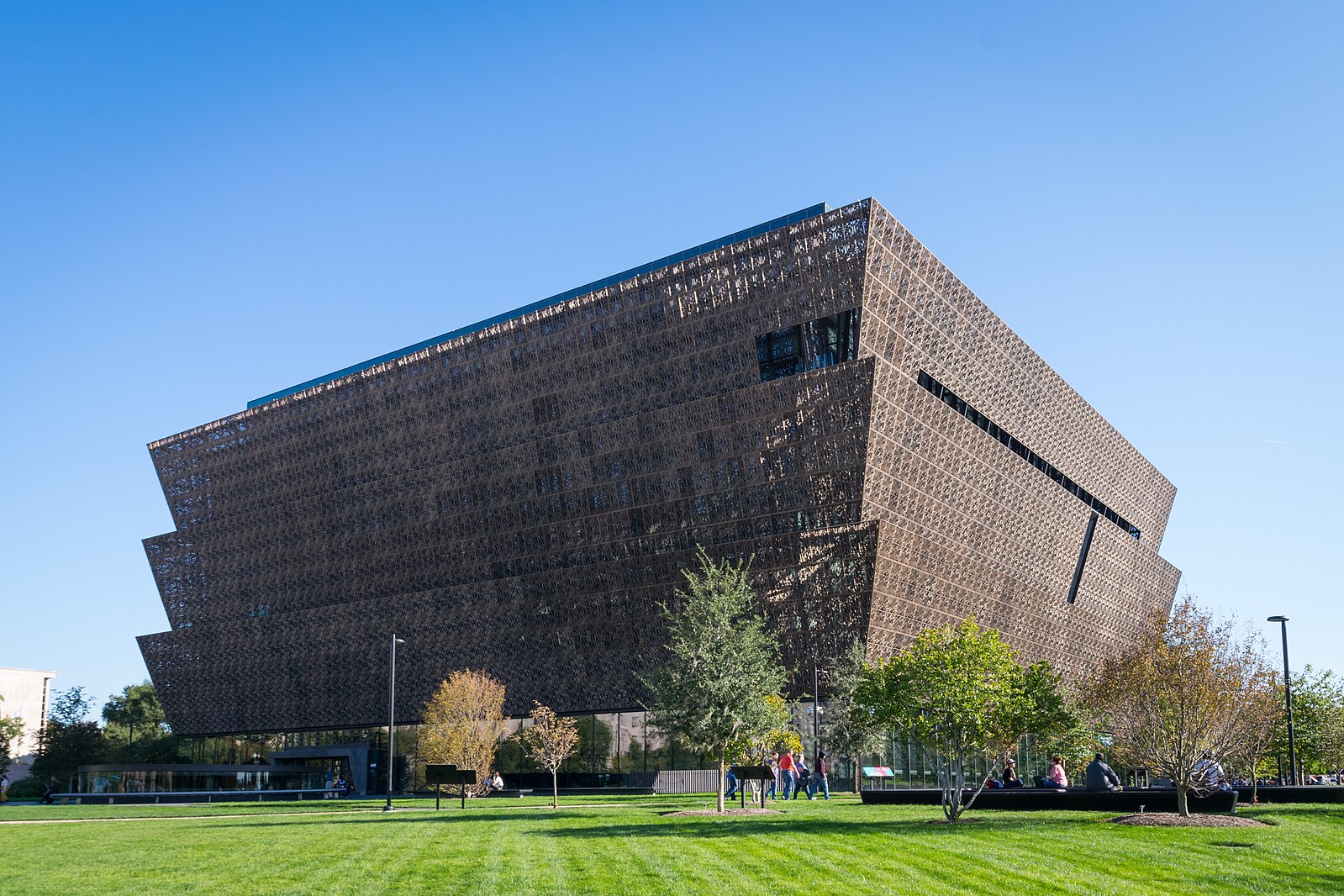Phil Freelon: Architecture as Cultural Memory
By R. Kofi Bempong
Phil Freelon used architecture to tell stories, shaping spaces that honor Black history and culture. From the National Museum of African American History and Culture to libraries and civil rights museums, his designs carried deep meaning. But his impact went beyond buildings…

Phil Freelon (1953–2019) was an architect who used design to document history, shape narratives, and honor Black heritage. Best known for leading the design team behind the National Museum of African American History and Culture (NMAAHC) in Washington, D.C., he dedicated his career to cultural institutions that explore identity, justice, and community. His work includes the Museum of the African Diaspora in San Francisco, the Center for Civil and Human Rights in Atlanta, and libraries, schools, and public spaces designed to serve and uplift.
Freelon saw architecture as a means of storytelling. His buildings did not just house exhibits—they shaped how history was experienced. Through material choices, spatial sequences, and symbolic elements, he created environments that engaged both intellect and emotion.
Born in Philadelphia in 1953, Freelon grew up in a family that valued both creativity and discipline. His grandfather, Allan Freelon Sr., was a noted Harlem Renaissance painter, and his mother was a schoolteacher who encouraged his artistic instincts. However, it was mathematics and problem-solving that drew him to architecture.
Freelon earned his architecture degree from North Carolina State University, where he was one of the few Black students in his program. He later completed his Master of Architecture at MIT, where he was influenced by the idea that architecture should serve a social purpose.
While still a student, he encountered the work of Paul Williams, Julian Abele, and other Black architects whose contributions had often been overlooked. Their example shaped his belief that architecture should reflect diverse histories and experiences.

In 1990, Freelon founded The Freelon Group in Durham, North Carolina. His firm focused on museums, libraries, educational institutions, and public spaces, designing projects engaging with Black history and culture.
Among his notable early projects was the San Francisco Museum of the African Diaspora (MoAD) – A compact museum on a tight urban site, MoAD used perforated metal panels to evoke movement and migration, a direct nod to the global dispersal of African peoples.
Freelon also designed the International Civil Rights Center & Museum in Greensboro, housed in the historic Woolworth building where the 1960 sit-ins began. The project preserved the original lunch counter while integrating contemporary exhibition space, making history feel immediate rather than distant.
By the 2000s, Freelon had established himself as one of the nation’s leading architects for cultural institutions. He won contracts for the Reginald F. Lewis Museum of Maryland African American History & Culture and the Harvey B. Gantt Center for African-American Arts + Culture in Charlotte. His firm became known for its design excellence and its ability to handle projects with deep historical significance.
The National Museum of African American History and Culture
Freelon’s most acclaimed project was the National Museum of African American History and Culture (NMAAHC), completed in 2016. The project was a collaboration between The Freelon Group, David Adjaye, Davis Brody Bond, and SmithGroup. Freelon served as lead architect, coordinating the complex effort of translating history into built form.
The museum’s tiered, bronze-colored façade was inspired by Yoruba art and the work of Black ironworkers in the American South. The materiality and shape of the building allowed it to stand out on the National Mall while still complementing its surroundings.

Inside, the design carefully structured the visitor experience. The lower levels housing exhibits on slavery and segregation are darker and more enclosed, reinforcing a sense of gravity. As visitors ascend to the upper galleries, which explore the Civil Rights Movement and Black cultural achievements, the spaces become lighter and more open. Freelon was instrumental in shaping this progression, ensuring that the architecture mirrored the historical journey.
When the museum opened, it was recognized as one of the most important cultural projects in recent history. Over one million visitors came through its doors in its first four months.
Freelon’s legacy is evident in the buildings he left behind—spaces that educate, commemorate, and inspire. Phil Freelon approached architecture with a clear purpose: to create spaces that honor history, foster learning, and serve communities. He understood that architecture is never neutral—it influences how we remember, what we value, and who we choose to honor. In designing spaces that elevate Black history and culture, he ensured that those narratives would not just be toldbut be deeply felt, generation after generation.